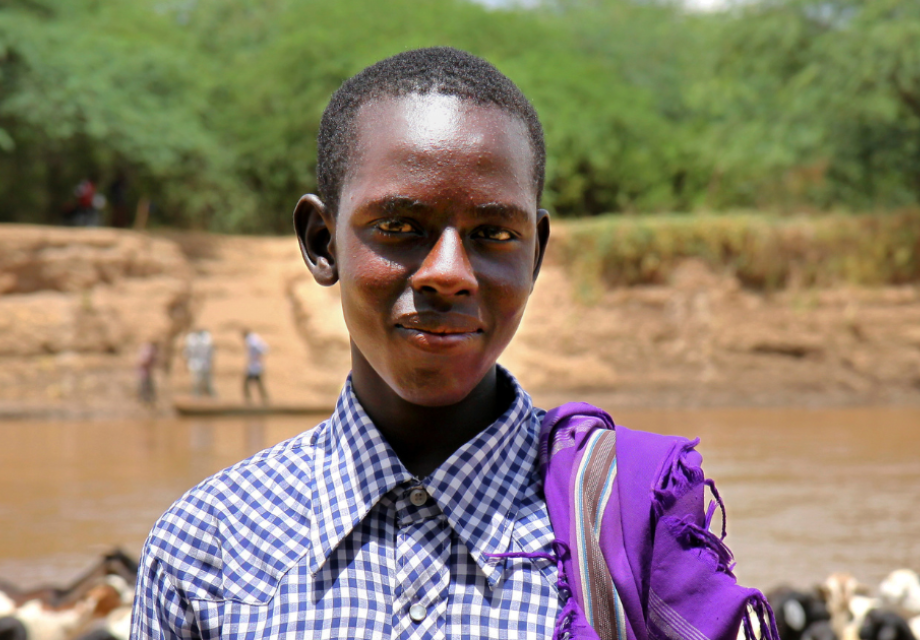Why focusing on family could improve adolescents’ HIV care
Hester Phillips
06 May 2022
Interviews with adolescents and caregivers in western Kenya reveals what stops or supports teenagers to stay on HIV treatment
Interviews with adolescents, caregivers and healthcare workers in western Kenya suggest that what happens within a household has a huge influence on whether an adolescent with HIV stays on or leaves treatment.
What is the research about?
The things that happen in a household that discourage – or encourage – an adolescent with HIV to stay on treatment.
Interviews were conducted with 42 adolescents with HIV (ages 10–19) who had not been to an HIV care appointment for 60 days or more. Researchers also interviewed 32 of the adolescents’ caregivers and 28 healthcare workers.
Why is this research important?
Adolescents are less likely than adults to stay on HIV treatment or become virally suppressed (undetectable). For this reason, AIDS-related deaths among adolescents are not falling as quickly as they are for other age groups, despite antiretroviral treatment (ART) being more widely available.
What did they find out?
Adolescents’ living situations
Unstable living situations stop adolescents engaging with HIV care. This includes changing homes or caregivers, or adolescents or caregivers leaving home.
Orphaned adolescents face particular challenges here. They must cope with parental loss while relying on new caregivers, changing households or being homeless. As one 20-year-old female said: “I went to these family members that I have never gone to [before]… I found it hard because they never knew my status.”
A household’s lack of money or other resources
Lacking money for transport to a clinic or other basic needs often stops adolescents going to appointments. As one healthcare worker put it, some adolescents “have become lost to follow-up just because of lack of food.”
In contrast, caregivers who are able to save money and take time off work can support adolescents’ HIV care.
Caregiver capacities and skills
If caregivers are unable to supervise HIV care, an adolescent is more likely to disengage. This is particularly an issue for orphaned adolescents who might move in with caregivers who don’t know much about HIV. This can leave adolescents to manage their own HIV care before they are ready.
Many caregivers said they lacked support to care for adolescents with HIV. One described how isolating it was to care for an adolescent who had run away, saying it “became too much”.
By contrast, caregivers who remind adolescents to take their medication or about appointments, go with them to clinics and communicate with health centres help adolescents stay on treatment.
Stigma or acceptance
Experiencing HIV-related stigma, isolation and abuse at home is damaging for adolescents. This is a significant factor in adolescents leaving HIV treatment.
An adolescent with family support is more likely to accept their diagnosis and cope with HIV stigma in the community. Being supported gives adolescents hope. It helps them feel able to deal with the challenges of being on HIV treatment.
For orphaned adolescents settling into new households, worries about disclosing their HIV status can stop them asking for support to continue treatment. “I just kept quiet until my clinic day passed,” explained one 20-year-old female.
Not telling an adolescent they have HIV can also stop them engaging with treatment. Accidental or delayed disclosure, or unresolved concerns after disclosure, can lead to conflict between adolescents and caregivers. This can also impact on care engagement.
When adolescents are the only ones in the family known to have HIV, they feel more isolated. Adolescents are strongly influenced by having family role models who are thriving with HIV.
What does this mean for HIV services?
If you are supporting adolescents with HIV it is essential to be aware of their household situation and the support (or lack of it) that they have there. This is particularly true for orphaned adolescents and older adolescents who are starting to manage their own HIV treatment.
It could be effective to work with adolescents and caregivers to design household-level interventions. Areas to consider include:
- developing supportive household relationships
- conflict resolution skills
- supporting full, factual and stigma-free HIV disclosure
- reducing HIV-related stigma in the household
- developing caregivers’ HIV treatment management skills
- developing caregivers skills to support older adolescents to start self-managing their treatment
- economic empowerment schemes (e.g. cash transfers, incentives and savings programmes) to build resources to support an adolescent’s HIV care
- interventions for orphaned adolescents to provide stability and support.
Get our news and blogs by email
Keep up-to-date with all our latest news stories and blogs by signing up to the Be in the KNOW news digest.
